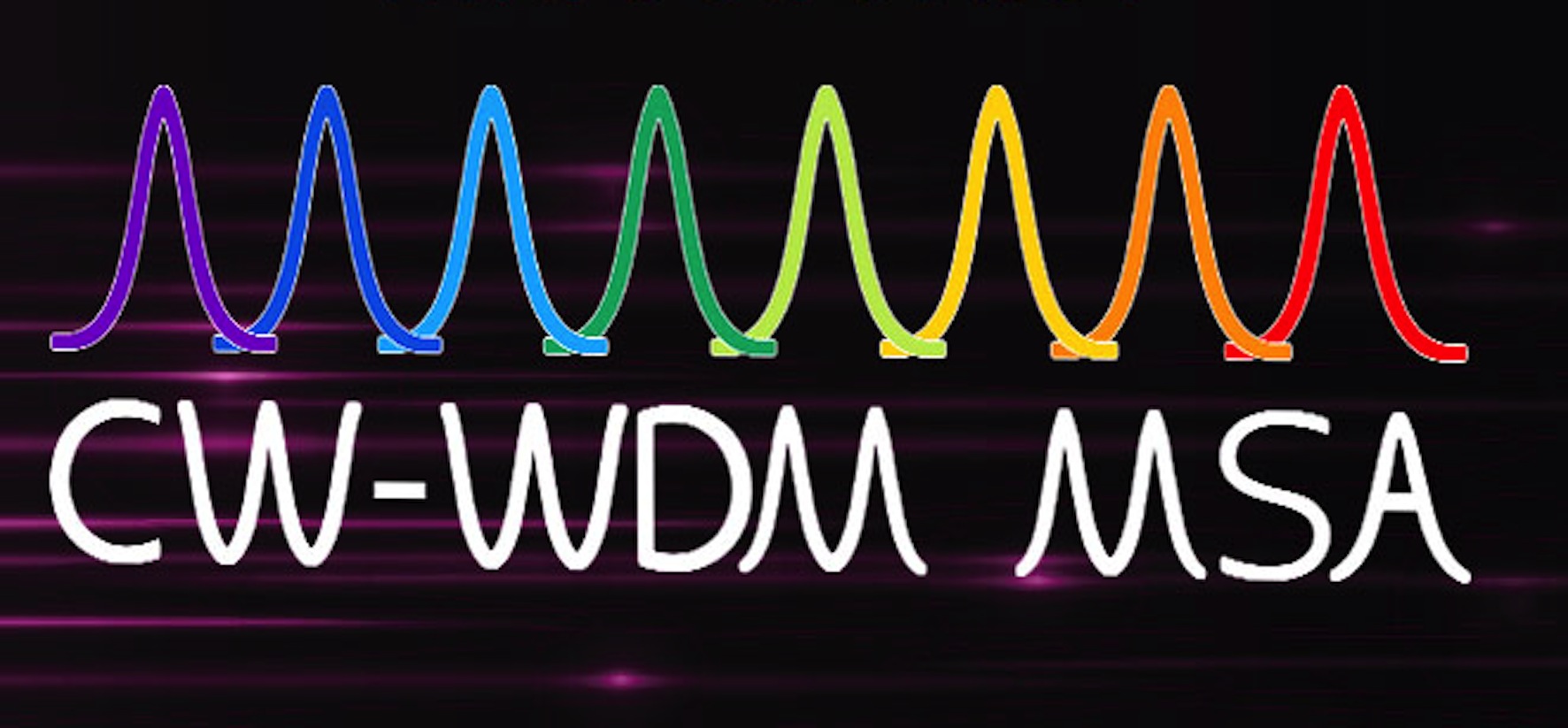W-WDM MSA Group to Drive laser Standards

Specification sets the stage for advances in AI, data centre efficiency, and other advanced applications of optical interconnect
The CW-WDM MSA (Continuous-Wave Wavelength Division Multiplexing Multi-Source Agreement) Group has announced its formation as an industry consortium dedicated to defining and promoting specifications for multi-wavelength advanced integrated optics.
IEEE and MSA standards specify four WDM interfaces for today’s high volume datacom optics. Emerging advanced integrated optics applications, such as silicon photonics (SiPh) based high-density co-packaged optics, optical computing, and AI, are expected to move to 8, 16, and 32 wavelengths. Standardising higher wavelength counts is a crucial part of an emerging ecosystem which is enabling a leap in efficiency, cost, and bandwidth scaling compared to current technology. Increasing the number of wavelengths, while staying in the O-band and aligning with ITU and IEEE standards, allows developers and suppliers to leverage their strategic investments in the current generation of optical products to accelerate time to market of next generation products.
“We support and encourage consortiums like the CW-WDM MSA Group in order to accelerate important technical innovations,” said Christopher Berner, head of compute at OpenAI. “OpenAI must be on the cutting edge of AI capabilities and low latency, high bandwidth optical interconnect is a central piece of our compute strategy to achieve our mission of delivering artificial intelligence technology that benefits all of humanity.”
The CW-WDM MSA is different from optical communication standards groups in that it solely focuses on specifying the laser source instead of the full communications link, and is not targeted at any specific application. Such an approach allows developers to fully optimise optics to their customers’ requirements without interoperability constraints while simultaneously creating a large business opportunity for laser source suppliers.
“Laser sources have been the critical building block of fibre optic communications, and standardising their specifications has been key to the success of telecom and datacom optics,” said Chris Cole, chair of the CW-WDM MSA. “ITU-T established complete baselines for DWDM and CWDM grids.
The IEEE then specified subsets of these grids for high volume data centre applications, starting with 40G and 100G Ethernet optics. The CW-WDM MSA will similarly leverage ITU-T and IEEE standards to specify 8, 16 and 32 wavelength grids in O-band for emerging advanced datacom and computing optics. With the definition of multiple grid sets, the MSA will enable developers to choose what is optimum for their application, while allowing laser suppliers to only have to invest in one technology platform.”
Promoter Members of the CW-WDM MSA are Arista Networks, Ayar Labs, CST Global, imec, Intel, Lumentum, Luminous Computing, Macom, Quintessent, Sumitomo Electric, and II-VI.
In addition, several Observer Members have signed on to be briefed on the development of the standard to enable early technology development based on the new specifications. Observer Members are AMF, Axalume, Broadcom, Coherent Solutions, Furukawa Electric, GlobalFoundries, Keysight Technologies, NeoPhotonics, NVIDIA, Samtec, Scintil Photonics, and Tektronix.



































